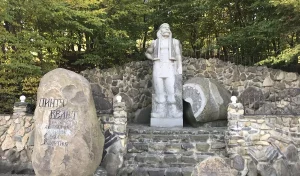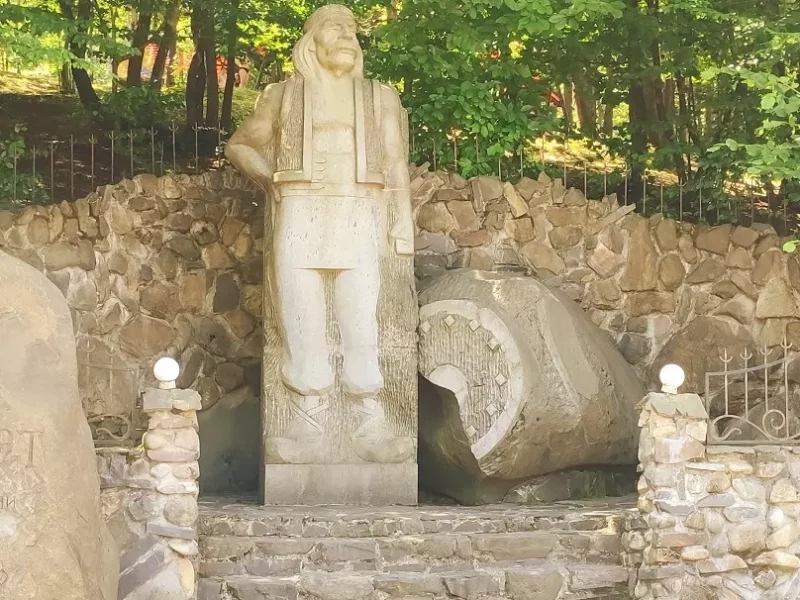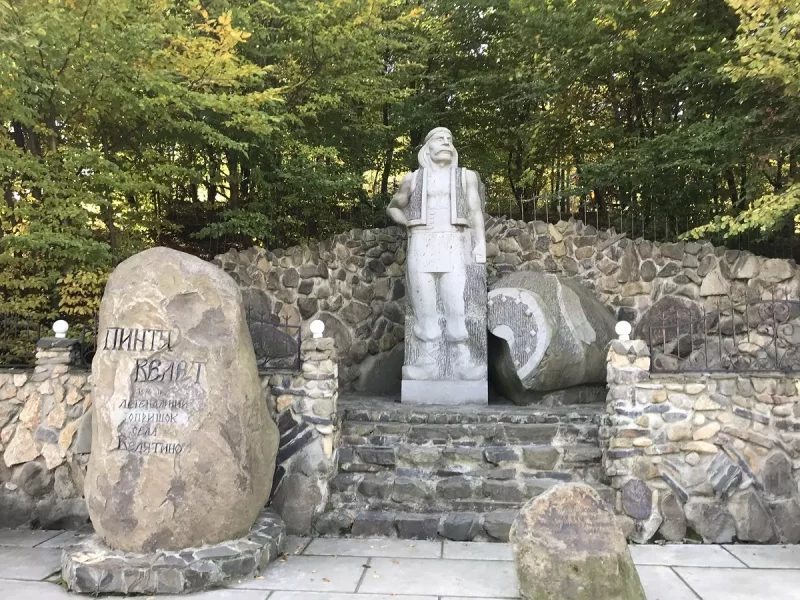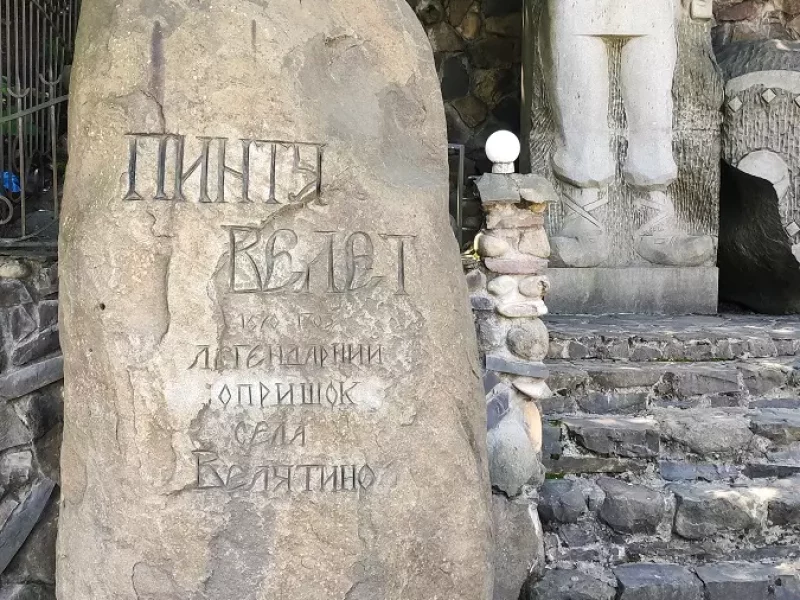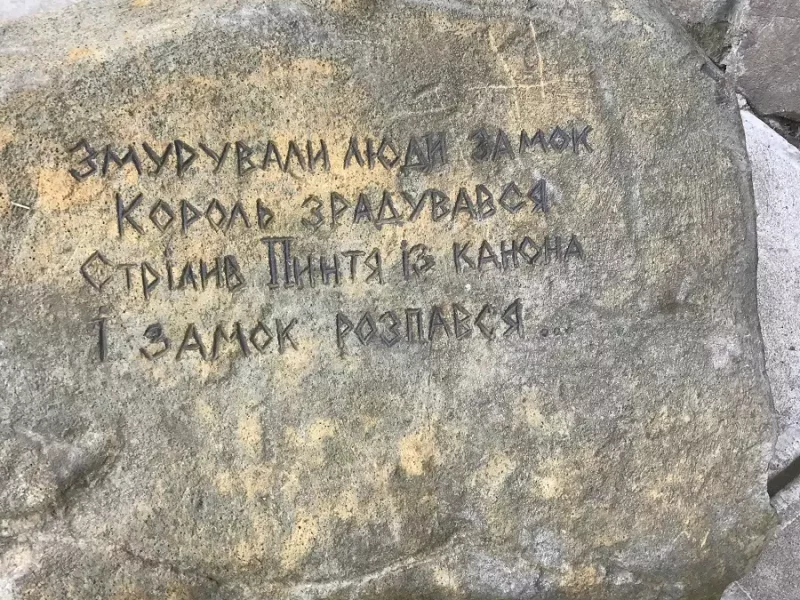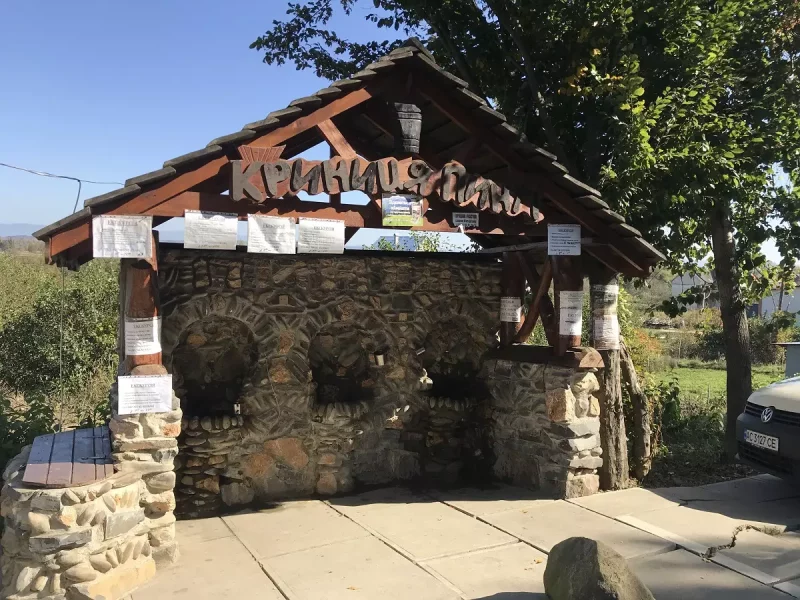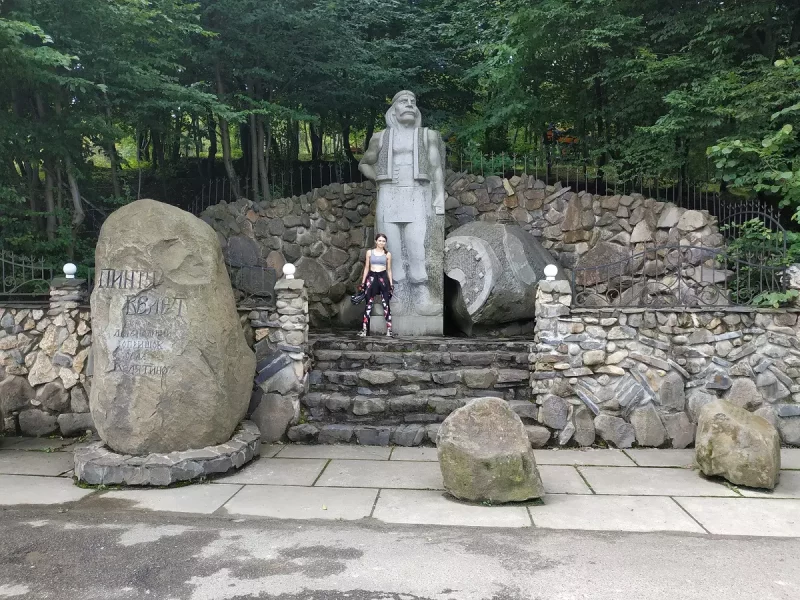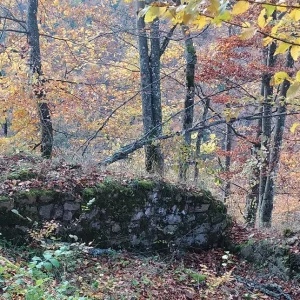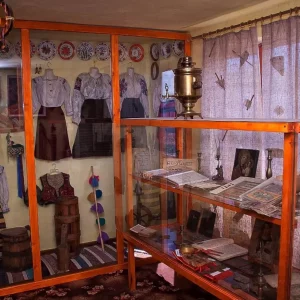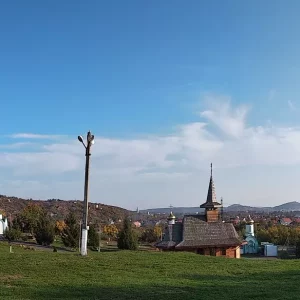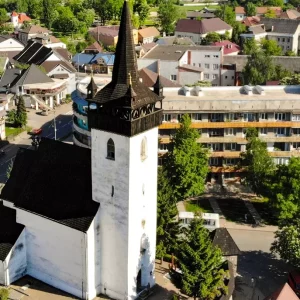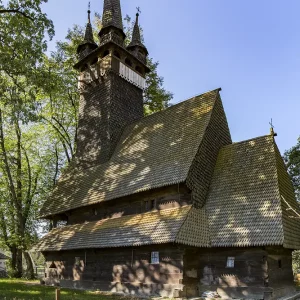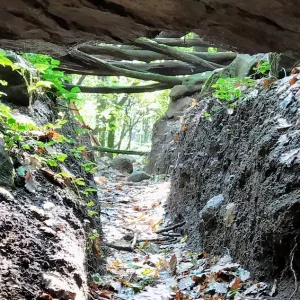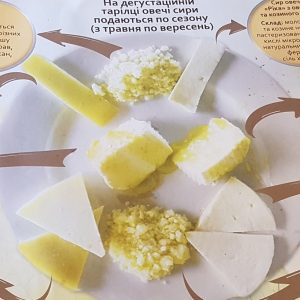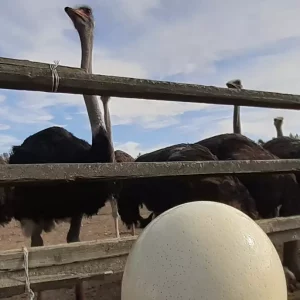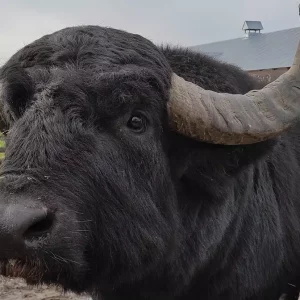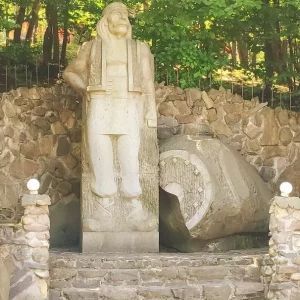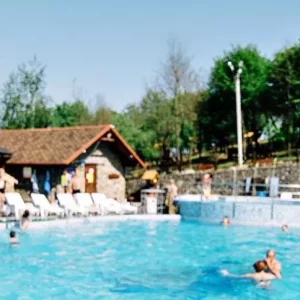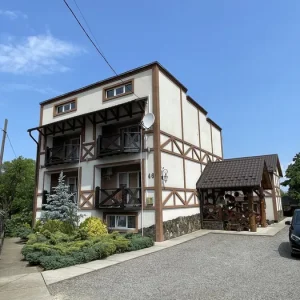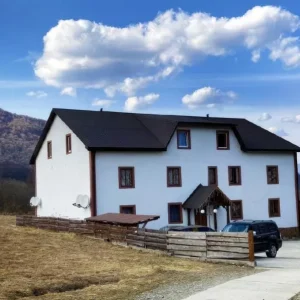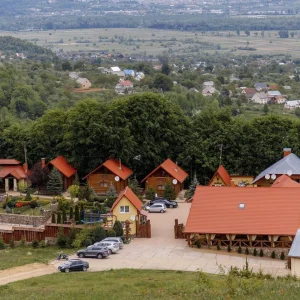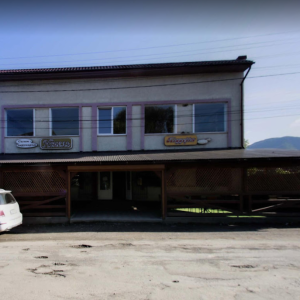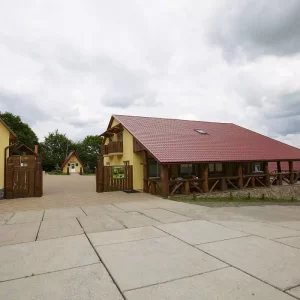The first mention in historical sources of Grygor Pyntya robbery attacks was recorded in 1694.
Soon Pyntya was caught up in the war. In 1703, Ferenc II Rákóczi led an uprising against the Habsburgs. He appointed Grygor Pyntya as the leader of the Maramoros and Satmar Committees, naming him “The Brave” and promoting him to the rank of captain.
On 14 August 1703, during the battles for Baia Mare, Captain Pyntya the Brave was shot dead near the Butchers’ Tower. According to another version, on 14 August, Pyntya was wounded and captured, and shot on 22 August 1703.
According to the romantic version, a girl betrayed and betrayed Grigor Pyntya to the enemies. They tied him up and brought him to the village Korolevo in Vynohradiv district. Pyntya saw a peasant digging his garden and sang:
Oh, damn you, man, you went to the mare,
And I saw two fir trees and a white birch,
Oh, if only you could see the roots of them,
Do not dig for empty stones in the garden.
The guards did not understand anything, and the digger left his job and ran to Mount Kobola. He dug a hole between two spruce trees and a birch, found money, and so much that he couldn’t carry it all away. So to this day the treasure is there. Pyntya was executed near Korolevo – nothing saved him from the noose.
The old wooden church of St Nicholas in the Romanian village of Budesti keeps Pyntya the Brave shirt, chain mail and helmet, and the Baia Mare Historical Museum keeps his weapons. In 1997, a monument was unveiled in Baia Mare. Instead of human eyes, the sculptor made Pyntya eyes hawk-like. Monuments to Pyntya are also erected in Transcarpathia. In 2015, a sculpture of the legendary opryshok was unveiled in the village of Velyatyno in Khust district, and in 2018 in the village of Dubove in Tyachiv district. In addition to the sculpture, the Pyntya House museum was opened in Velyatyno.
The exploits of Grigor Pyntya are widely covered in Ukrainian and Romanian folklore.
